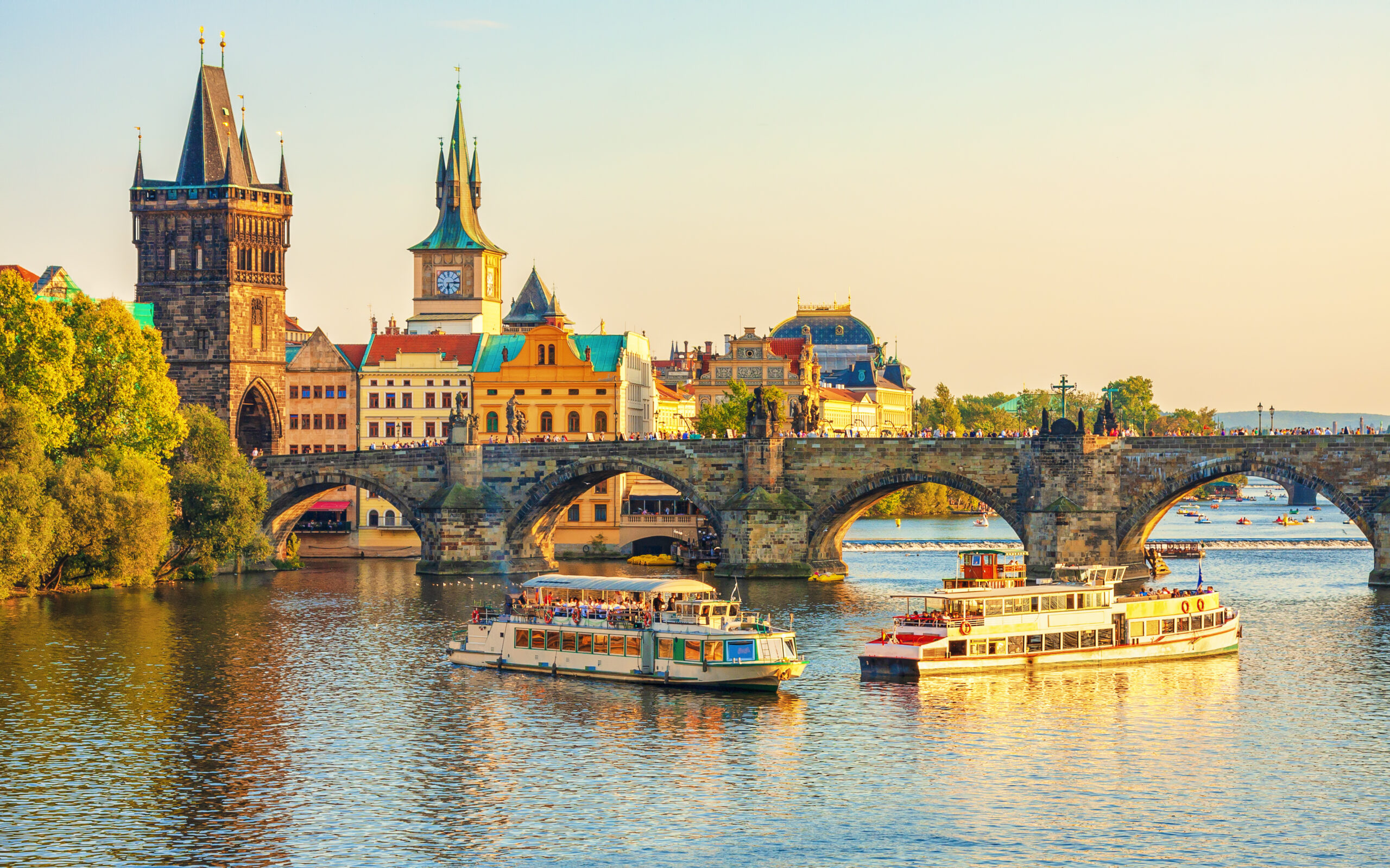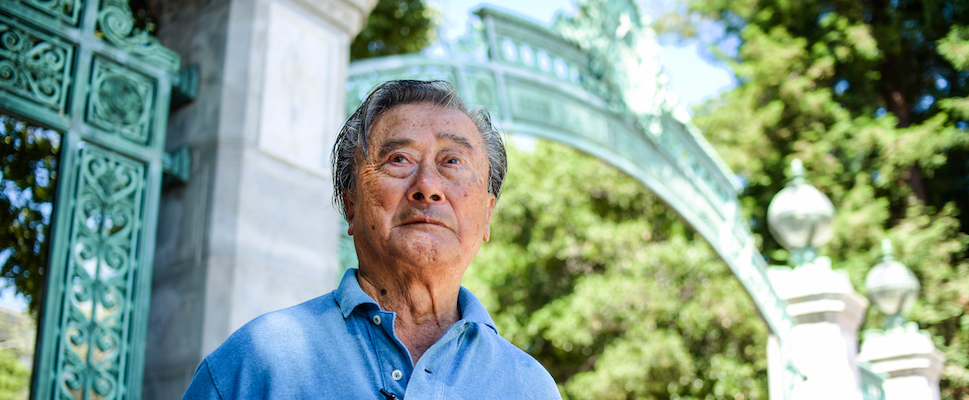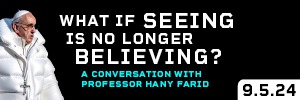August 6 marks the 72nd anniversary of the dropping of the first atomic bomb on the Japanese city of Hiroshima. It’s a day Jack Dairiki, Cal ’58, remembers well because he was there. He was 14 years old.
“My schoolmates and I were lined up in the courtyard for roll call when I saw three airplanes in the air, and I recognized the familiar sound of B-29s,” he said. “I thought, ‘Enemy aircraft but there’s no siren. What’s going on here?’ Then flash! The bomb exploded. It was ten times brighter than the sun, and then everything went black.
“I fell on the ground and covered my eyes with four fingers and my thumbs in my ears. That’s how we were trained. Then I felt my body being lifted by the blast and dropped on the ground again. When I opened my eyes, I couldn’t see anything but dust and smoke.”
How did he find himself in Hiroshima to begin with?
Dairiki was born in Sacramento on Christmas Day 1930. His grandfather on his mother’s side was a pioneer in the area, and built the Main Hotel at the corner of M and 6th Streets, where his parent worked.
“In the spring of 1941, when I was in the fifth grade at Lincoln Grammar School, we got a letter from Japan saying that my other grandfather, the one on my father’s side, was ill. My father was his eldest son, and I’m his eldest son, so he said, ‘School’s out for the summer; let’s go on vacation to Japan and visit your grandfather.'”
His grandfather lived in the village of Oku Gaita Mura, on the outskirts of Hiroshima. By September he was feeling much better, and they decided to go back home. “My father was anxious to get back to the United States, and I was anxious to get back to Lincoln,” said Jack. But U.S.-Japan relations had deteriorated so badly by then that there were no America-bound passenger ships to be found.
“My father said, ‘We’re stranded. But you can’t just stay at home; you have to go to school.’ So he enrolled me in the same school he attended when he was my age.”
Because of his poor Japanese language skills he was dropped down to the second grade. But the school quickly realized that his math skills were fifth grade level, so they compromised and advanced him to third grade. Meanwhile, his aunt Shizuko, who was only a few years older than he was, was coaching him in Japanese at home. With her help, he got up to the fourth grade, a year behind where he had been at Lincoln.
Then came the attack on Pearl Harbor on December 7: the U.S. and Japan were now at war. “We said, ‘Oh no! What’s going to happen to us now?’ The police searched the house for contraband. They confiscated our radio and anything else that looked suspicious. To them, any foreigner might be a spy.”
At home in the United States, his mother and siblings, including his baby sister, who was born after he and his father left for Japan, were rounded up and sent to the Tule Lake prison camp in Siskiyou County. But Jack and his father knew nothing about any of this.

“We were completely cut off. Then, in July 1942, we got a telegram from the Red Cross about my little brother. It said, ‘Your son, George Kenji Dairiki, age eight, passed away in camp.’ My father said, ‘What do you mean, camp? They live in Sacramento! We don’t live in the country!’ He had no idea what it was all about.”
Two years went by, and it came time for Jack to choose a high school. He chose a technical school in Kure, a city about a 90-minute train ride from Hiroshima, where they made and repaired battleships, “like Hunter’s Point in San Francisco,” he said.
“Our campus was halfway up the hill. We had a bomb shelter created for us, three feet wide and six feet deep, with heavy timber and dirt stacked on top. We’d watch the American bombers trying to bomb the battleships in Kure harbor. They’d have to dive at a steep angle, release their bombs, and then climb up steeply again. Some aircraft couldn’t make the climb and crashed into the side of the mountain.”
In the fourth year of the war he and his schoolmates were informed that they would be inducted to work for the war effort in a munitions factory, so he requested a transfer to a school in Hiroshima to be closer to his family. He was assigned to the Toyo factory on the outskirts of the city, where he was put to work on a lathe carving high quality steel bars for rifle-making machinery.
On July 24, 1945 Kure, which he had just left a few weeks before, was incinerated by firebombs. “It took 80 years to build and two hours to destroy,” said Jack. “Everyone in Hiroshima was sure we were next. We just had that feeling.” So on August 5, a request was issued to all the villages for volunteers to dig a fire break in downtown Hiroshima the next day to keep the fire from destroying homes.
At midnight, the air raid sirens started blaring, and the city’s residents went into the bomb shelters. “It happened every night,” Jack said. “This one was a false alarm. So everyone went back to bed. There was another alarm the next morning, so we got out of bed again, doused the fire for cooking breakfast, and went back to the shelter.”
A few minutes later the all clear sounded, so Jack and his aunt Shizuko, who was 19 and married for less than a year, left for downtown Hiroshima to join the fire break workers. “She took the 7:00 a.m. train; I took the next one.”
Her train arrived on time, but his was delayed for 15 minutes. Those 15 minutes saved his life.
“Because of the delay I was still at the Toyo factory,” he said. “I looked up and saw a single aircraft circling the city.”
It was a spotter plane. Hiroshima was covered by fog that morning, which ordinarily would have meant switching to a secondary target. But the pilot noticed an opening in the cloud and proceeded as planned.
At 8:00 a.m. three more planes joined it: the Enola Gay, which was carrying the bomb, and two observer planes.
At 8:16 the bomb exploded, lifting Jack in the air and flinging him to the ground again. After he opened his eyes he tried to see around him, but the smoke and dust were too thick.
“Then I heard footsteps running toward a bomb shelter, and I started following them. I was running blind. When I finally got to the entrance of the shelter, I turned around and saw this mushroom cloud column of fire rising thousands of feet in the air…reds, yellows, oranges and blues. The whole city was engulfed in smoke and fire.”
An hour went by before he dared to peek out again. “That’s when I saw the first victim, a young woman walking with her arms extended, her hair burned off her head, and her face totally red from burns. She was walking like a ghost, with her clothes hanging loosely from her extended arms. I looked closer, and it wasn’t her clothes hanging from her arms, it was her skin. She was in a daze, walking slowly, making no sound, probably just trying to get home.
“People were lying all over the floor, screaming for help. ‘Give me water!’ ‘Give me first aid!’ ‘Help!’ I could do nothing for them, so I jumped off the train and decided to walk home, about ten miles.”
“We hovered in the shelter, waiting for instructions. At around noon we were curious enough to look out again. The mushroom cloud had dissipated, and we could hear rain and thunder in the distance. The people who got caught in that rain, black rain, those are the people who got sick, even without any visible injuries or scars. It was radiation sickness. First their hair started to fall out, then they’d start bleeding from their gums, and then many people died.”
At 3 p.m. the official word came: Those who were well enough to walk could leave the factory and try to make their way home.
“There were droves of injured people crawling out of the city. People in the neighborhood were trying to give them first aid, but there were no doctors, no medicine. I noticed a ghost train leaving the city and hopped on. People were lying all over the floor, screaming for help. ‘Give me water!’ ‘Give me first aid!’ ‘Help!’ I could do nothing for them, so I jumped off the train and decided to walk home, about ten miles.”
Three hours later he finally made it. “My grandmother was scanning the horizon, looking for people coming back. She was very happy to see me. My first question was ‘Where’s my father?’ She said, ‘He went looking for you.’ My father came home at 9 o’clock that night. He saw the blast, heard the sound 50 miles away, and headed for the Toyo factory to search for me. But there was total chaos, and he couldn’t get an answer. So he started walking down the highway toward Hiroshima.
Now they knew Jack was safe, but where was Shizuko? The next morning Jack’s father and grandfather went to Hiroshima to search for her. “They searched temples and schoolyards where the injured were being treated,” said Jack. “They kept calling out her name: ‘Are you Shizuko?’ People’s faces were burned off, their hair was burned off, the nametags on their clothes were burned off, they were practically naked. Finally, somehow, she uttered something. They guessed by the size of her body that it was Shizuko and put her in a pushcart to bring her home.
“There was no doctor, no bandages, so my grandmother baked some potatoes and mashed them, and that became her bandages. Half her face and the right side of her body were completely burned. She was moaning badly, pleading to die because the pain was so bad. She tried to commit suicide a couple of times, but she was stopped. When her wounds healed her hand was fused together, and they had to operate to free her fingers. She looked like a ghost even after she recovered.”
For years, there was a stigma attached to being an atomic bomb survivor, or Hibakusha, which literally translates to “fire explosion-affected people.”
“It took me three years before I could get my papers processed,” he said. “I had no documents to prove myself.”
“Anyone who was a victim wouldn’t admit it because nobody would want to marry them,” Jack explained. “They worried about how the offspring would be affected down the line.”
Shizuko, who is still alive at age 91, had three children. “All three turned out to be bright and well adjusted children who graduated from college and had children of their own,” said Jack. “But her son did have a stroke ten years ago, and when something like that happens there’s always a question: Is it because of the bomb?”
Approximately 80,000 people died instantly in Hiroshima, and another 112,000 died from radiation and other injuries in the days and weeks that followed. As for the living, there was virtually no help to be found. Before the blast, Hiroshima had 55 hospitals, 200 doctors, and 2,000 nurses. In a flash, only three hospitals, 20 doctors, and 126 nurses survived to help.
On August 8, two days after Hiroshima was bombed, the Soviet Union, which the Japanese government had asked to mediate between the U.S. and Japan, declared war instead and invaded Japanese-occupied Manchuria. The following day, the Americans dropped a second atomic bomb on Nagasaki. On August 14 Japan sued for peace. The formal surrender came two weeks later on September 2, when Gen. Douglas MacArthur received the Japanese government’s capitulation aboard the battleship Missouri in Tokyo Bay. The war was over.
But Jack and his father were still stranded. “It took me three years before I could get my papers processed,” he said. “I had no documents to prove myself. But my mother had my birth certificate, and she and grandfather sponsored me and sent me money to get home.”
In January 1948 he finally set foot on American soil again. “My English was poor because there was no one to speak English to except G.I.s.,” he said. “I got some of my English back by speaking with them.”
He enrolled in Sacramento High School and graduated in two and a half years. He never spoke to his schoolmates about his experiences in the war. “Nobody asked me, and I didn’t want to talk about it.”
After high school he enrolled in Sacramento City College as an architecture major, which required him to take a drawing class.
“One of the sessions was a free day, so I started sketching and this came out,” he said, gesturing toward a drawing of a mushroom cloud. “The teacher said, ‘What is this?’ and I said, ‘I was in Hiroshima, and this is what I saw.’ That caused a big to-do. The local newspaper interviewed me, and I was also on the radio talking about my experience. This was during the Cold War with Russia, and atomic bombs and bomb shelters were a big issue.”

Next, he transferred to LA City College and got an A.A. degree in 1952, supporting himself by working at the Douglas Aircraft Factory. His dream was to go to architecture school at UC Berkeley, but that was put on hold when he got a telegram that said he’d been drafted into the U.S. Army.
After basic training the Army took advantage of his bilingual language schools and assigned him to intelligence school at Fort Belvoir in Northern Virginia to be trained as an interrogator and translator. “But when I got there, they saw on my record that I was a swimmer at LACC, so they sent me to another school in Washington D.C. as a water safety instructor. My job was to teach soldiers how to save themselves if they have to jump into water.”
He was mustered out with an honorable discharge in 1954 and enrolled at UC Berkeley’s College of Architecture under the G.I. Bill of Rights. Jack graduated in 1958.
“Many survivors from Japan don’t have the bilingual ability to express the experience in English, so I became their spokesperson.”
“From there you have to work in an architect’s office for four or five years before you’re allowed to take the State Architect License exam,” he said. “I took the exam in 1969 and passed.”
For the next quarter century he designed residences, business offices, and hospitals throughout the Bay Area, including Washington Hospital in Fremont, Queen of the Valley Hospital in Napa, and Kaiser hospitals in Panorama City, Harbor City, and San Francisco. He retired in 1995 and lives in San Francisco with his wife Jun Nakahara Dairiki, whom he married in 1964.
He underwent surgery for prostate cancer in 2001 but has enjoyed good health otherwise. “Every two years, doctors from Japan come here to examine atomic bomb survivors,” he said. “At first I ignored them because my health was so good. But they keep records about how we change every two years that will help future generations of people who have had radiation exposure. So I joined a group here in the U.S. called Friends of the Hibakusha. They do a lot of the logistical work before the doctors come and serve as translators after they arrive.”
And while he once was reluctant to talk about the bomb, he’s more than willing to do it now. “We get contact from schools and other organizations asking, ‘Do you have a speaker we could talk to?’ One problem is that many survivors from Japan don’t have the bilingual ability to express the experience in English, so I became their spokesperson.”
But the controversy over the decision to drop the bomb rages to this day. Initially, American public opinion overwhelmingly supported it. A Gallup poll in August 1945 found 85 percent for, 10 percent against, and five percent had no opinion. But in August 1946 the New Yorker devoted an entire issue to novelist John Hersey’s harrowing non-fiction description of the bombing and its aftermath, and the debate began in earnest, although a majority continued to support President Truman’s decision.
In 2015, a Pew Research Center survey tallied approval from 70 percent of those over 50 but only 47% from those 18-29.
But the last word goes to Jack Dairiki. “At the Peace Memorial in Hiroshima is a cenotaph that lists the names of all the victims of the atomic bombing,” he said. “The epitaph reads, ‘Rest in peace, for the error shall not be repeated.’ That’s a pledge to the world.”



















